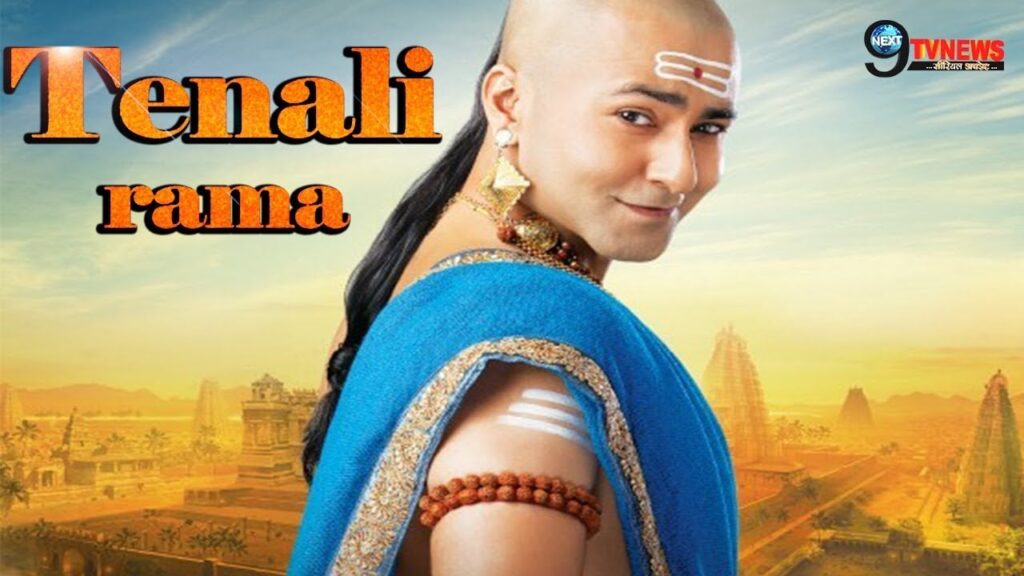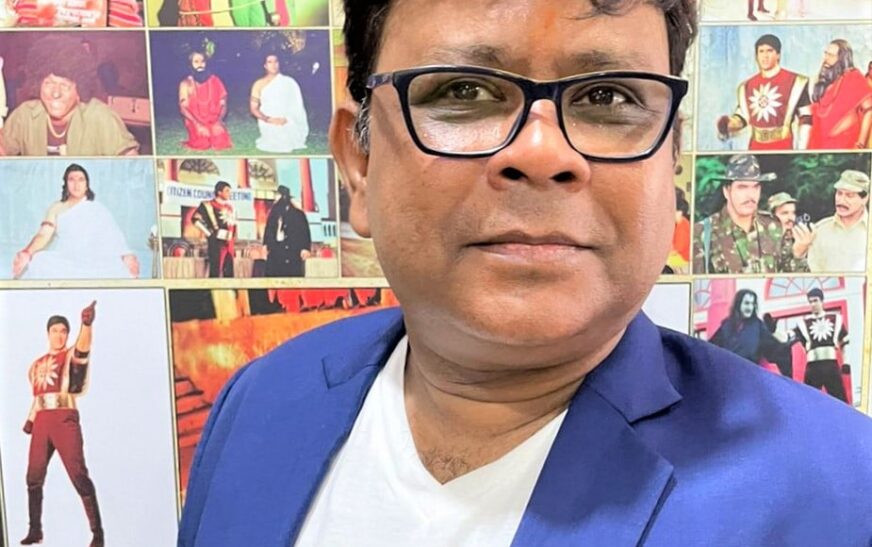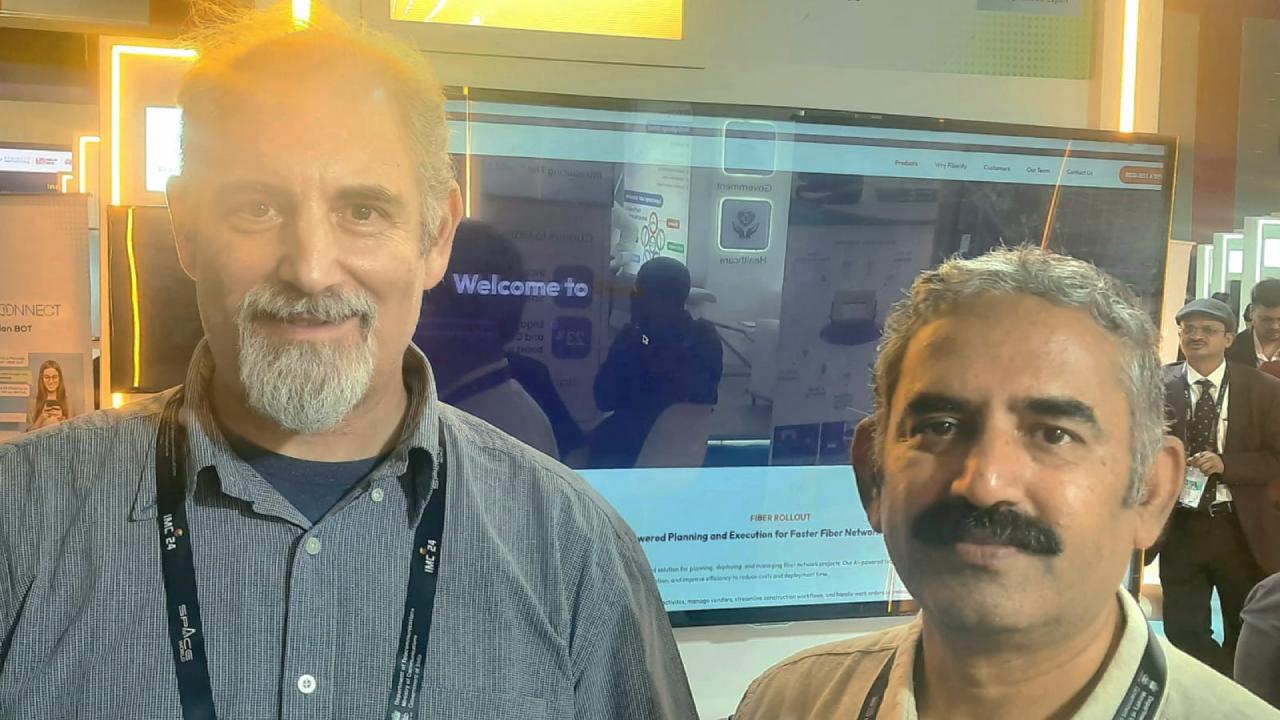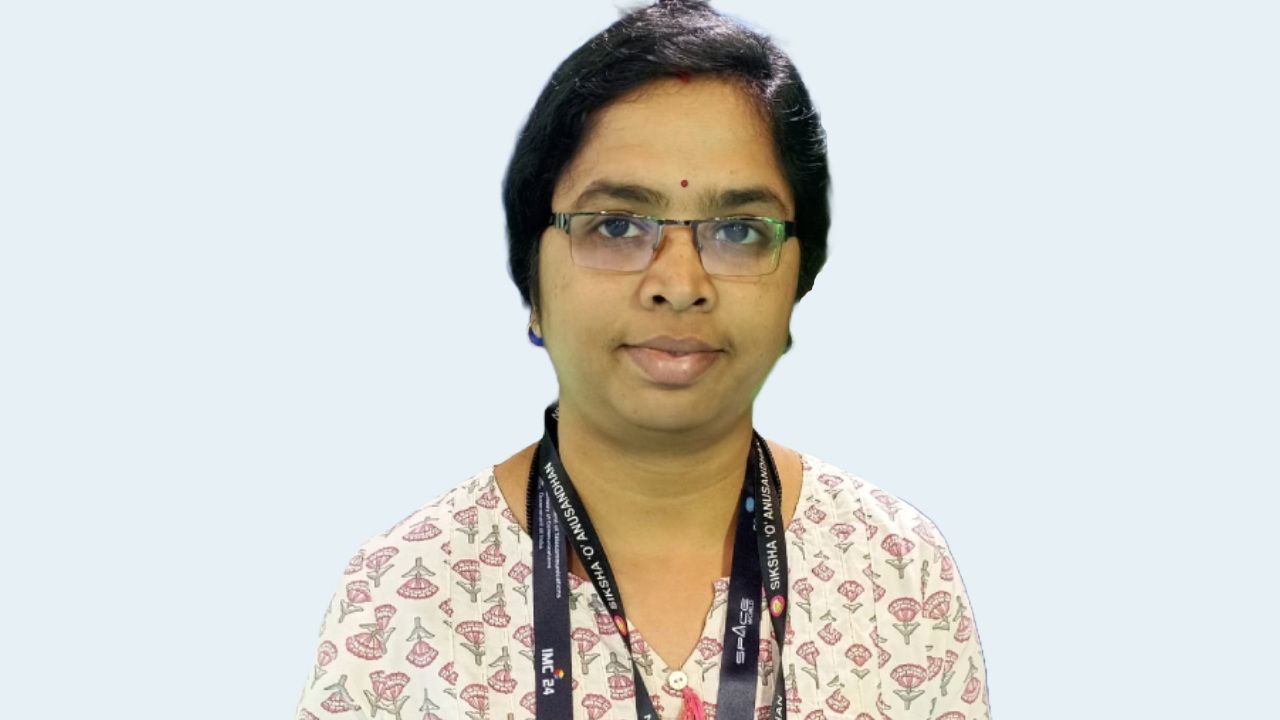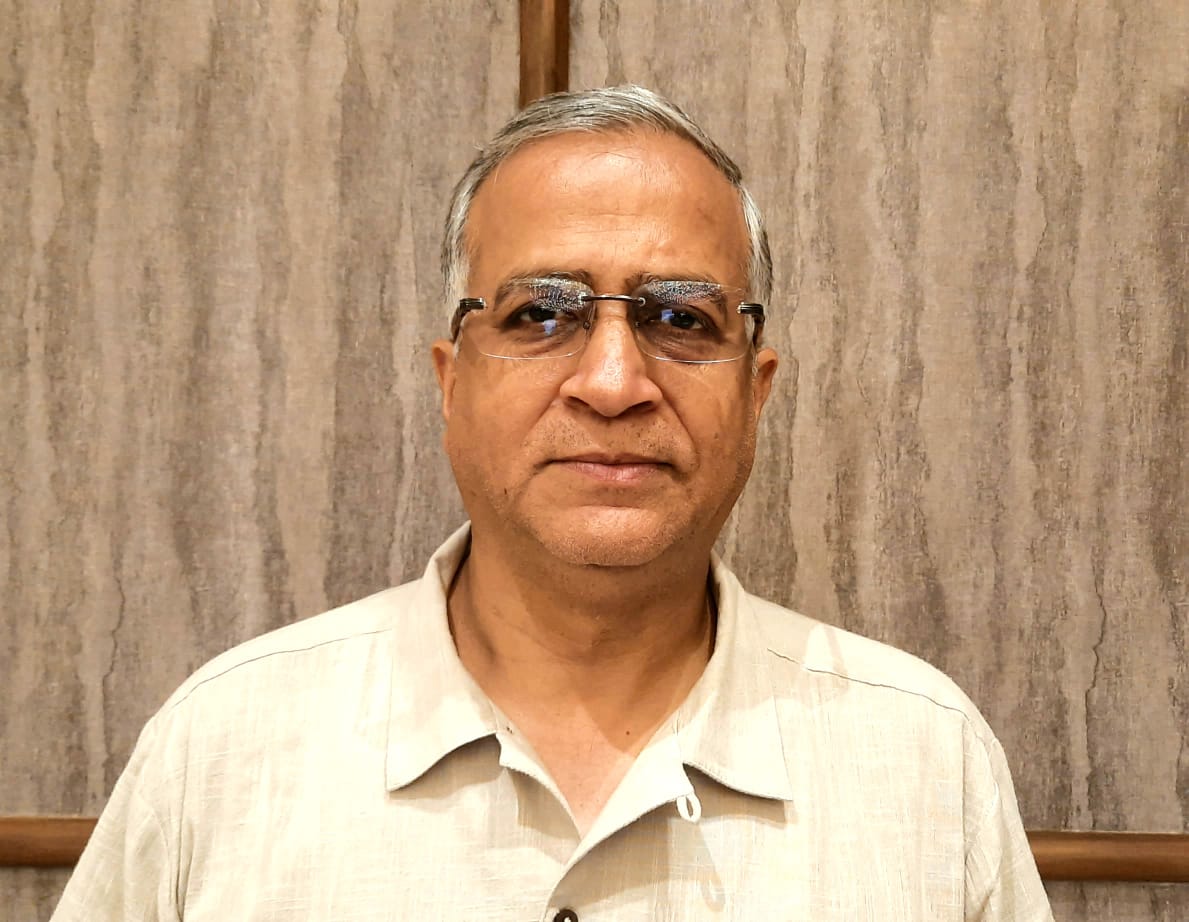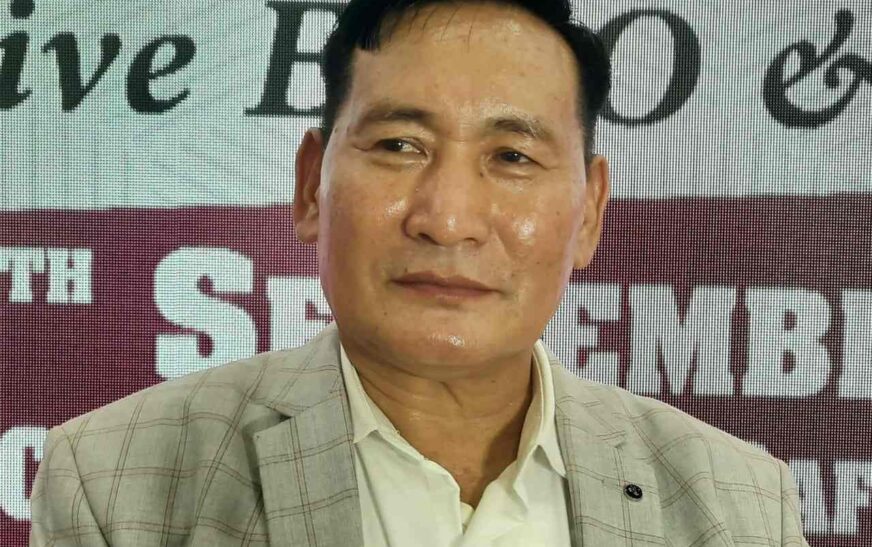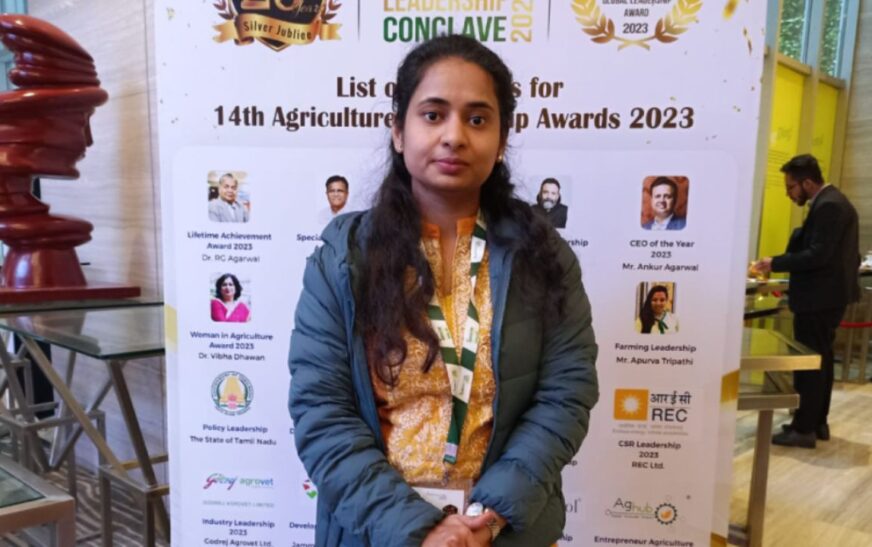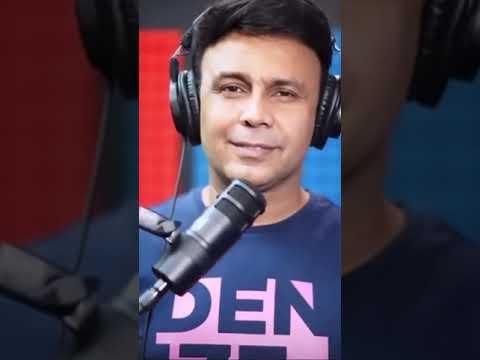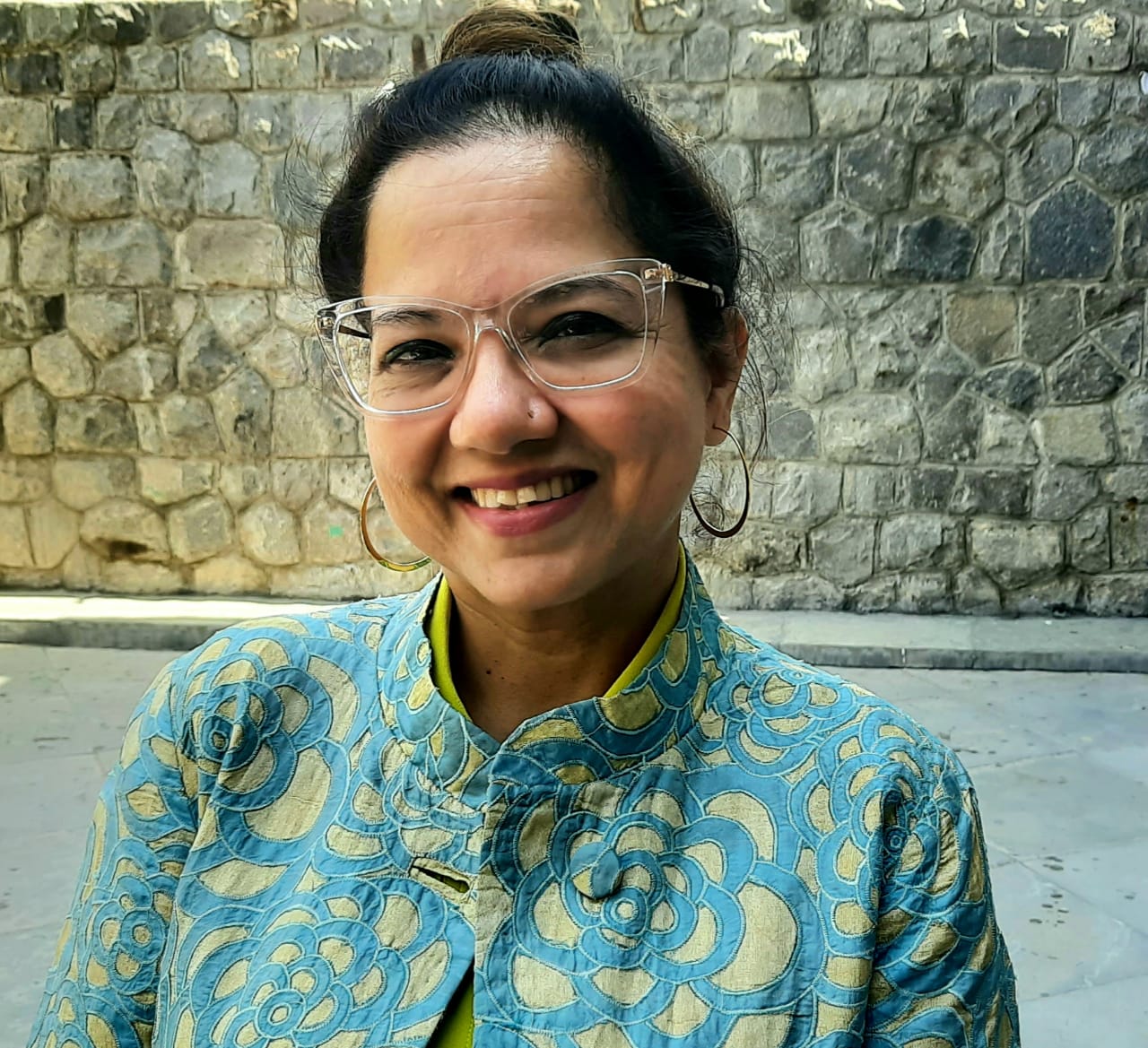Brij Mohan Pandey, a luminary in the realm of Indian television, dons multiple hats with finesse – an acclaimed actor and a wordsmith extraordinaire, weaving narratives that captivate audiences across diverse channels. His pen has etched the screenplay of numerous beloved TV dramas, each a testament to his storytelling prowess.
Born and bred in the rustic charm of Niyar village, nestled in the heart of Varanasi, his journey traces back to the corridors of Jamshedpur for schooling, followed by scholarly pursuits culminating at Ranchi University. Post academia, he found his muse in the vibrant world of theater, gracing the stages of productions like “Roshni Kii Aur,” “Aala Afsar,” “Langdi Tang,” “Gadhe Ki Barat,” and “Hameeda Bai Ki Kothi.”
In the tides of destiny, he found himself swept to the bustling streets of Delhi in 1993, eager to carve his niche. Mumbai, the city of dreams, beckoned a year later, where he immersed himself in the theater scene, also assuming the mantle of a mentor at Bharatiya Vidya Bhavan.
Amidst the hustle, serendipity knocked, opening the doors to an apprenticeship under the esteemed Ajay Sinha, a journey that led him to contribute to the acclaimed project “Hasratein.” Alongside, he honed his craft as an assistant to the seasoned writer Ashok Patole.
The year 1995 marked a zenith in his career as he embarked on the odyssey of freelance writing, penning the sagas of iconic serials such as “Shaktimaan,” “Tenali Rama,” “Baalveer,” and “Shakalaka Boom Boom.” His quill danced on the canvas of television, scripting epics like “Philips Top Ten,” “Aryamaan,” “Durgesh Nandini,” “Devon Ke Dev Mahadev,” and “Sankat Mochan Mahabali Hanuman.”
In a candid rendezvous with The Interview World, Brij Mohan Pandey unravels the myriad facets of his craft, illuminating the intricacies of screenplay and the rich tapestry of storytelling genres that define his artistic voyage.
Q: How can one develop the essential skills needed for screenwriting?
A: Crafting a screenplay transcends mere scripting; it demands a vivid imagination to orchestrate the unfolding sequences, seamlessly weaving visuals and audio that ensnare the audience’s senses. Appreciation and mastery of the cinematic art are indispensable. Networking stands as a crucial pillar for screenwriters, serving as the conduit to agents, studio executives, and producers. In numerous urban hubs, networking events abound, facilitating encounters with kindred spirits and potential collaborators who can propel their scripts from paper to celluloid. Consistency reigns supreme in the realm of show business. Writers grapple with tight deadlines, requiring a deft touch to navigate the demands of a fast-paced industry.
Q: How does your screenplay, which predominantly captures themes for children, distinguish itself from others in the genre?
A: Crafting stories for children stands as a pure and delightful form of storytelling, devoid of the complexities that demand suspension of disbelief. Yet, it remains a challenge, demanding the same adeptness in scripting as any other narrative form. Penning a children’s TV show script, replete with captivating twists and tailored to their tastes, guarantees an eager audience among the young viewers. To embark on this journey of writing for children’s programs, one must embrace a childlike spirit, weaving realms of fantasy, grasping the unique capacities of children, and addressing their genuine queries with authentic answers.
Q: What factors contribute to the popularity of Indian mythological TV shows among viewers?
A: In times of social turmoil and existential uncertainty, individuals yearn to reforge their ties with their cultural heritage. Amidst the flux of anxiety and adversity, they seek guardians who can shield them from the tempest. This innate quest ignites a profound fascination with mythological narratives, drawing people towards captivating television productions.
For instance, during the nationwide lockdown prompted by the pandemic, the re-airing of “Ramayaan” and “Mahabharat” on Doordarshan National (DD1) captured the collective imagination with resounding success. Even the discerning tastes of millennials embraced these programs with fervor, underscoring their enduring appeal across generations.
Q: How can budding screenplay writers best navigate the intricacies of the craft to develop their skills and effectively tell compelling stories?
A: As burgeoning screenplay writers embark on their journey, they must first immerse themselves in relentless effort, showcasing their creative prowess to directors and producers alike. This demands thorough research to unveil fresh perspectives, infusing stories with captivating allure for viewers. Furthermore, participation in workshops and bootcamps becomes imperative, honing their craft to perfection.
